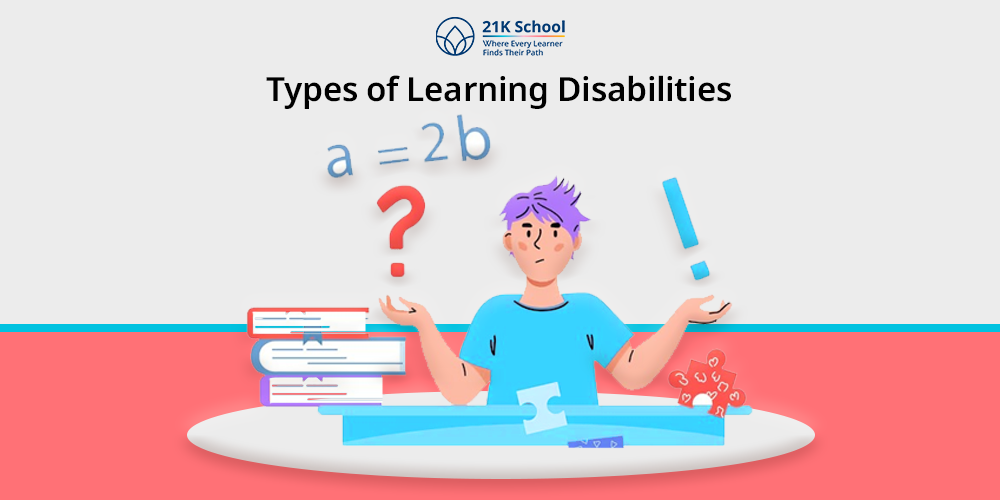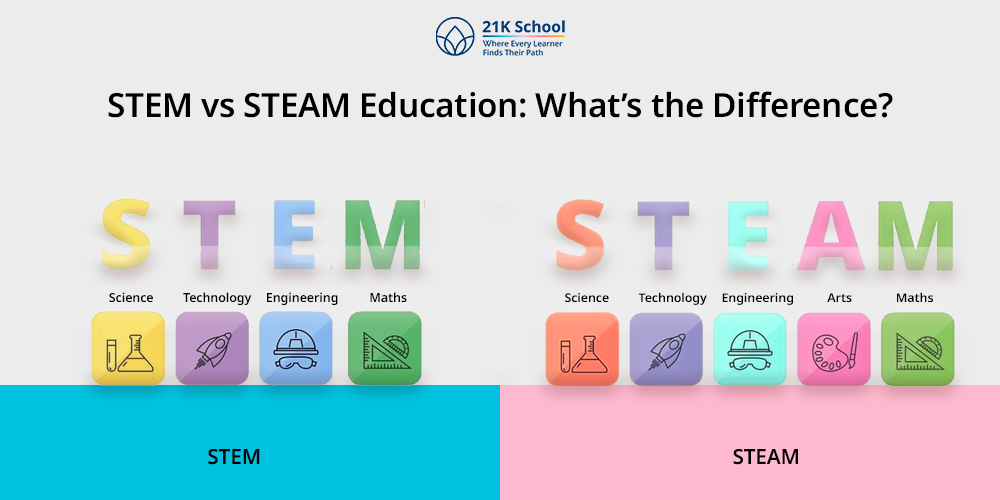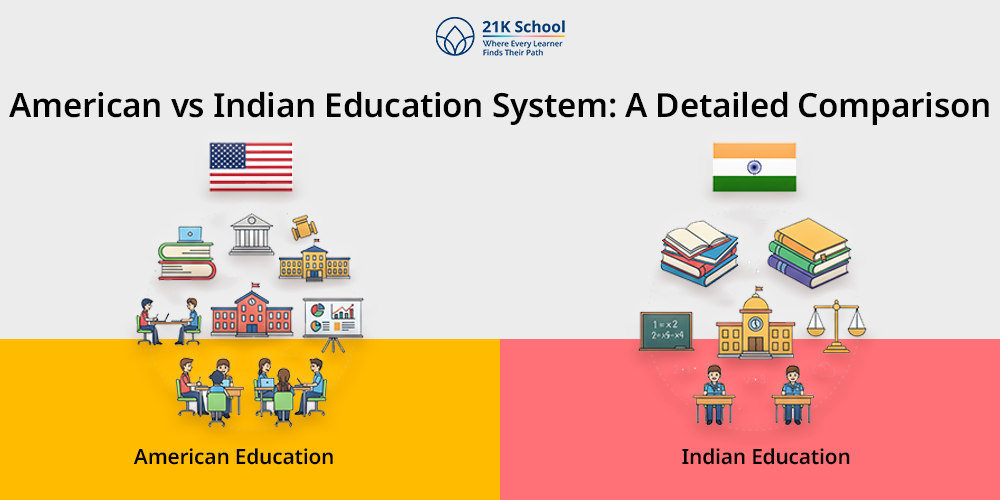
Have you ever wondered why some children find it difficult to learn as compared to other students?
Many children find it difficult to learn or perform best, which is called a learning disability. Learning disability is a neurological disorder that affects the intellectual process of thinking, understanding and expressing thoughts and knowledge.
Children who have learning disabilities find it difficult to process, read or write any information. Learning disability hampers students’ ability to listen, think, speak, write, spell, read, or do arithmetic calculations.
Learning disabilities are differentiated into groups in which every problem has a different disability, such as dyslexia, dysgraphia, dyscalculia, etc.
This disability usually occurs at an early age due to various reasons such as genetic factors, environmental factors, accidents or illness, etc. Learning disabilities hamper students’ critical thinking skills as well as their problem-solving skills.
What is a Learning Disability?
Learning disability is a neurological disorder that affects someone’s ability to read, write, speak, understand, think, etc. Learning disability is related to students’ academic performance, which basically affects students’ ability to grasp information.
Learning disabilities doesn’t affect Intelligence Quotient (IQ); individuals with learning disabilities may have higher IQ levels. Due to learning disabilities, students find it difficult to express their thoughts and ask questions.
Parents can diagnose the learning disability during their early school years, and sometimes, some individuals also develop learning disabilities in adolescence due to circumstances.
While learning disabilities are considered lifelong and will stay throughout life, however, with proper support and intervention programs, this can be avoided. However, some learning disabilities go away on their own or with the help of medication.
Read on to learn more about the difference between learning difficulty and learning disability.
10 Types of Learning Disabilities
Learning disabilities are divided into groups specially for reading, listening, writing, etc. There is a wide range of learning disabilities that affect the learning abilities of students. This causes students to perform poorly in their academics and socially.
Understanding learning disabilities at an early stage is essential for assessing and providing them with early intervention support. The following are the types of learning disabilities.
1. Dyslexia
Dyslexia affects reading abilities among students, which is the most common learning disability. Students with dyslexia may have difficulties with phonemic awareness and word decoding, which affects their fluency in speaking and reading.
Due to this, students make spelling errors and can easily confuse words and letters, which may negatively impact their academic performance and overall reading comprehension. Due to dyslexia, students are unable to read or memorise any topics correctly, which hampers their creative thinking skills.
2. Dysgraphia
Dysgraphia is another common learning disability that affects writing abilities, making it difficult for childrens to express their thoughts in words.
The symptoms of dysgraphia can be understood by students’ poor handwriting, difficulty organising written work and difficulties with spelling and grammar.
Due to dysgraphia, students’ writing speeds become slow due to which they become frustration and learning becomes more challenging for them.
3. Dyscalculia
Dyscalculia is another learning disability that affects numerics and arithmetic calculations among students. An individual with dyscalculia has trouble understanding numbers and completing mathematical computations.
People may find it difficult to grasp mathematical concepts, basic arithmetic and number sense, which can cause problems with daily math tasks.
Dyscalculia hampers students’ problem-solving skills and makes them slow learners. Even due to dyscalculia, students find it difficult to memorise any concepts and forget numeric easily.
4. Language Processing Disorder
Language processing disorder is a language disorder that affects children’s ability to understand and process language. This disorder affects a person’s capacity to understand and effectively utilise language.
Some people may have trouble expressing themselves verbally, comprehending spoken language and following instructions. This disability hampers children’s social skills and academic performance, due to which they find it difficult to learn and adapt to new languages.
5. Auditory Processing Disorder
Auditory processing disorder is a common problem. Childrens with auditory processing disorder have difficulty processing and understanding sounds, particularly in noisy environments.
If they struggle to follow conversations, understand spoken language or distinguish between similar sounds, it may affect their learning and communication skills.
This disability hampers students’ ability to learn quickly and understand any language-based subject, such as English or Hindi.
To Read: How Teachers Can Help Students with Learning Disabilities?
6. Non-verbal Learning Disorder
Nonverbal learning disorder is a type of learning disability or disorder that affects a person’s ability to interpret nonverbal cues such as body language, facial expressions and social cues.
Individuals with this disability often struggle with social interactions, spatial awareness and organisational skills, even though they have strong verbal abilities.
Due to their inability to manage social situations, they may find it difficult to understand social norms and form friendships. This hampers peer relationships, and they find it difficult to adjust to others.
7. Visual Motor Deficit
Visual motor deficit is the inability to synchronise visual input with motor output. These disabilities basically hamper the writing process and ability to do any tasks, due to which they find it challenging to perform tasks that require hand-eye coordination.
This mainly affects gross motor skills and fine motor skills among children. It could be difficult for them to copy from the board or catch a ball, or tie shoelaces. This could affect how well they do academically, particularly in classes that require fine motor skills like art or physical education.
8. Dyspraxia
Dyspraxia, which is also known as Developmental Coordination Disorder (DCD), basically affects the development of motor skills and coordination. People with dyspraxia may struggle with gross motor skills as well as fine motor skills.
This may lead to issues with self-care, academic performance and physical activity. Dyspraxia can also affect organisation and planning, which makes it difficult for people to complete tasks on time. Due to dyspraxia, many students find it difficult to run, jump, write, etc.
9. Processing Speed Disorder
Processing speed disorder is characterised by a slower rate of cognitive processing, which affects a person’s capacity to take in, understand and respond to information. It can cause serious problems with everyday and school-related tasks.
It can be difficult to finish regular tasks, tests, and assignments on time because people usually struggle to finish tasks quickly.
The impact of slower processing speeds on social interactions, which make it difficult to follow conversations or respond promptly, can lead to feelings of frustration and cause social isolation.
10. Social Communication Disorder
Social communication disorder (SCD) is a condition that affects a person’s ability to communicate both verbally and nonverbally in social situations.
Due to this, students have trouble initiating and maintaining conversations, understanding turn-taking, and responding appropriately in social situations.
Their inability to read body language, facial expressions, and tone of voice may hinder their ability to communicate effectively. Due to this disability, childrens develop feelings of loneliness and isolation, which can also hinder the development of social networks and relationships.
Also Read, Educational Provisions for Learning Disability in India.
Ending Note
Learning disabilities are a broad category of neurological conditions that have a substantial effect on a child’s capacity for communication, information processing and academic performance.
Some conditions that can make it difficult for a child to learn and interact with others include dyslexia, dysgraphia, dyscalculia, language processing disorder, auditory processing disorder, non-verbal learning disorder, visual motor deficit and dyspraxia.
Even though these disabilities are frequently permanent, early detection and the right kind of intervention can offer crucial support, assisting those who are impacted in improving their abilities and coping mechanisms.
It is essential to recognise and treat learning disabilities in order to create an inclusive learning environment where all kids can flourish and realise their full potential.



